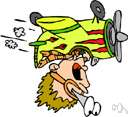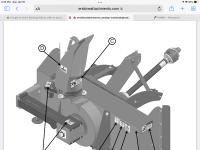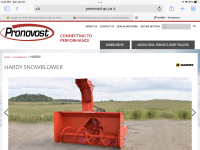CalG
Super Member
- Joined
- Sep 29, 2011
- Messages
- 7,856
- Location
- vermont
- Tractor
- Hurlimann 435, Fordson E27n, Bolens HT-23, Kubota B7200, Kubota B2601
I have always wondered why they are called "inverted"? The design is certainly not inverted, in the customary meaning .

 www.thefreedictionary.com
www.thefreedictionary.com
"Pull behind" might be a better visual. "Forward charging" may fit as well.
Having had an early "single stage" model of the "drive over" and "forward advancing" configuration, I wonder if the present day "drive backwards" type didn't come after. The "Johnny Come Lately" stealing the lime light and making the "old School" out as a "backwards" and so inferior, execution.
;-)

inverted
Definition, Synonyms, Translations of inverted by The Free Dictionary
"Pull behind" might be a better visual. "Forward charging" may fit as well.
Having had an early "single stage" model of the "drive over" and "forward advancing" configuration, I wonder if the present day "drive backwards" type didn't come after. The "Johnny Come Lately" stealing the lime light and making the "old School" out as a "backwards" and so inferior, execution.
;-)

